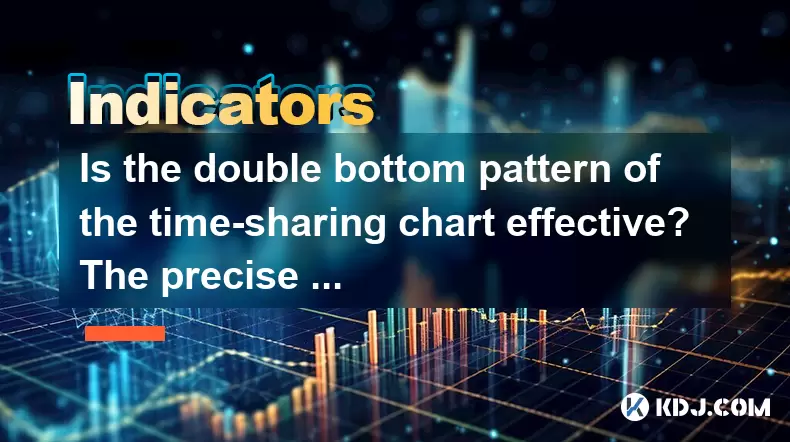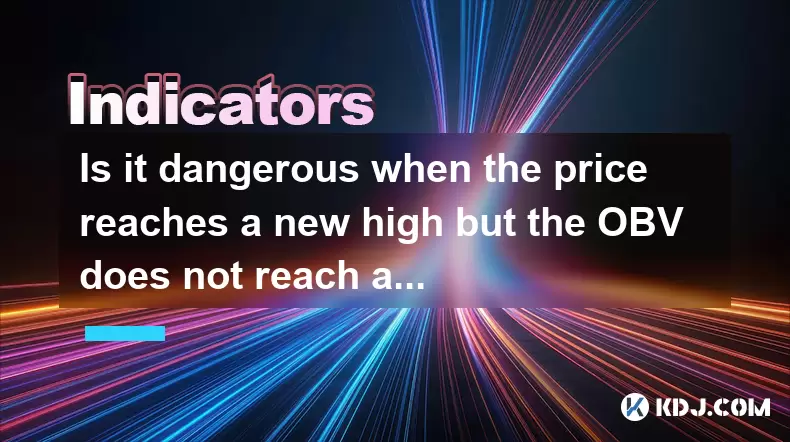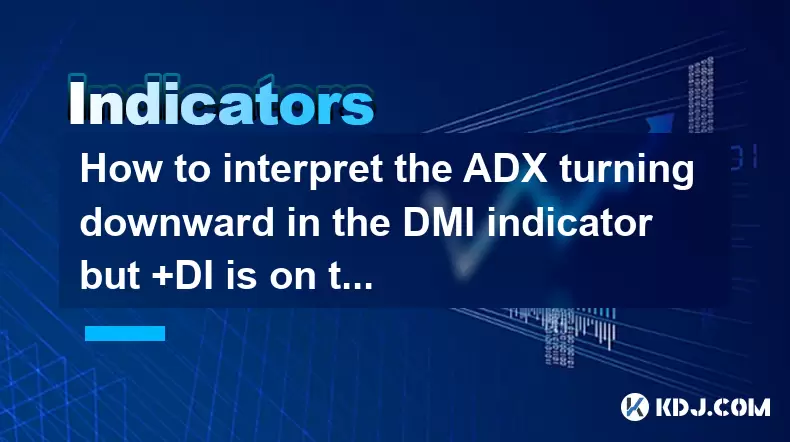-
 Bitcoin
Bitcoin $106,754.6083
1.33% -
 Ethereum
Ethereum $2,625.8249
3.80% -
 Tether USDt
Tether USDt $1.0001
-0.03% -
 XRP
XRP $2.1891
1.67% -
 BNB
BNB $654.5220
0.66% -
 Solana
Solana $156.9428
7.28% -
 USDC
USDC $0.9998
0.00% -
 Dogecoin
Dogecoin $0.1780
1.14% -
 TRON
TRON $0.2706
-0.16% -
 Cardano
Cardano $0.6470
2.77% -
 Hyperliquid
Hyperliquid $44.6467
10.24% -
 Sui
Sui $3.1128
3.86% -
 Bitcoin Cash
Bitcoin Cash $455.7646
3.00% -
 Chainlink
Chainlink $13.6858
4.08% -
 UNUS SED LEO
UNUS SED LEO $9.2682
0.21% -
 Avalanche
Avalanche $19.7433
3.79% -
 Stellar
Stellar $0.2616
1.64% -
 Toncoin
Toncoin $3.0222
2.19% -
 Shiba Inu
Shiba Inu $0.0...01220
1.49% -
 Hedera
Hedera $0.1580
2.75% -
 Litecoin
Litecoin $87.4964
2.29% -
 Polkadot
Polkadot $3.8958
3.05% -
 Ethena USDe
Ethena USDe $1.0000
-0.04% -
 Monero
Monero $317.2263
0.26% -
 Bitget Token
Bitget Token $4.5985
1.68% -
 Dai
Dai $0.9999
0.00% -
 Pepe
Pepe $0.0...01140
2.44% -
 Uniswap
Uniswap $7.6065
5.29% -
 Pi
Pi $0.6042
-2.00% -
 Aave
Aave $289.6343
6.02%
Is the double bottom pattern of the time-sharing chart effective? The precise buying point of short-term trading
Traders use the double bottom pattern on time-sharing charts to spot buying opportunities, confirmed by a breakout above the peak with increased volume.
Jun 15, 2025 at 07:35 pm

The double bottom pattern on a time-sharing chart is a technical analysis tool that many traders in the cryptocurrency market use to identify potential buying opportunities. This pattern, characterized by two distinct lows at roughly the same price level, signals a potential reversal from a downtrend to an uptrend. The effectiveness of this pattern in short-term trading hinges on understanding its formation, confirmation signals, and precise entry points.
Understanding the Double Bottom Pattern
The double bottom pattern forms after a period of decline in an asset's price. It consists of two troughs at approximately the same level, separated by a peak. This pattern suggests that the selling pressure has exhausted itself and that buyers are starting to regain control of the market. The pattern is complete when the price breaks above the resistance level formed by the peak between the two bottoms.
Identifying the Double Bottom on Time-Sharing Charts
To identify a double bottom pattern on a time-sharing chart, traders need to observe the following:
- First Trough: The initial decline in price forms the first trough. This should be a clear low point in the chart.
- Peak: After the first trough, the price rises to form a peak. This peak acts as a resistance level.
- Second Trough: The price then declines again, forming a second trough near the same level as the first trough. The closer the second trough is to the first, the more reliable the pattern.
- Breakout: The pattern is confirmed when the price breaks above the peak formed between the two troughs.
Effectiveness of the Double Bottom Pattern in Short-Term Trading
The effectiveness of the double bottom pattern in short-term trading depends on several factors:
- Volume Confirmation: An increase in trading volume during the breakout above the peak can confirm the pattern's validity. Higher volume suggests stronger buying interest.
- Time Frame: The pattern's reliability can vary depending on the time frame of the chart. Shorter time frames may result in more false signals, while longer time frames tend to offer more reliable patterns.
- Market Context: The overall market sentiment and trends can influence the pattern's success. In a bullish market, the double bottom pattern is more likely to result in a successful trade.
Precise Buying Point for Short-Term Trading
Identifying the precise buying point for short-term trading using the double bottom pattern involves several steps:
- Wait for the Second Trough: Ensure that the second trough forms at a similar level to the first trough. This confirms the pattern's potential.
- Monitor the Breakout: The ideal buying point is when the price breaks above the peak between the two troughs. This breakout should be accompanied by increased volume to confirm the move.
- Entry Strategy: Once the breakout occurs, enter a buy order. Some traders prefer to wait for a retest of the breakout level to confirm its strength before entering a trade.
Risk Management and Stop-Loss Placement
Effective risk management is crucial when trading based on the double bottom pattern. Here are some guidelines for placing stop-loss orders:
- Below the Second Trough: Place a stop-loss order just below the second trough. This level acts as a safety net, limiting potential losses if the pattern fails.
- Adjusting Stop-Loss: As the trade moves in your favor, consider adjusting the stop-loss to lock in profits and reduce risk.
Practical Example of Trading the Double Bottom Pattern
To illustrate how to trade the double bottom pattern, consider the following example:
- Observation: You notice a cryptocurrency that has declined and formed a clear low at $500. The price then rises to $550 before declining again to $505, forming a second trough.
- Breakout: The price breaks above the $550 resistance level with increased volume, confirming the double bottom pattern.
- Entry: You enter a buy order at $552, just above the breakout level.
- Stop-Loss: You place a stop-loss order at $495, just below the second trough.
- Target: Set a profit target based on the pattern's height. The distance between the troughs and the peak is $50 ($550 - $500). Add this to the breakout level to get a target of $600 ($550 + $50).
Additional Considerations for Short-Term Trading
When trading the double bottom pattern in the short term, consider the following:
- Candlestick Patterns: Look for bullish candlestick patterns, such as a bullish engulfing or hammer, at the second trough to increase the probability of a successful trade.
- Technical Indicators: Use technical indicators like the Relative Strength Index (RSI) or Moving Average Convergence Divergence (MACD) to confirm the pattern. A bullish divergence on these indicators can strengthen the case for a trade.
- Market News: Stay informed about market news and events that could impact the cryptocurrency's price. Unexpected news can cause false breakouts or reversals.
FAQs
Q: Can the double bottom pattern be used on different time frames?
A: Yes, the double bottom pattern can be applied to various time frames, from intraday charts to daily or weekly charts. However, the reliability of the pattern may vary, with longer time frames generally offering more reliable signals.
Q: How can I improve the accuracy of the double bottom pattern in my trading?
A: To improve accuracy, focus on confirming signals such as increased volume during the breakout, bullish candlestick patterns at the second trough, and supportive technical indicators. Additionally, consider the overall market context and sentiment.
Q: What are common mistakes traders make when using the double bottom pattern?
A: Common mistakes include entering trades too early before the breakout is confirmed, ignoring volume confirmation, and not using proper risk management techniques like stop-loss orders. Traders should also avoid over-reliance on the pattern without considering other market factors.
Q: Is the double bottom pattern more effective in certain market conditions?
A: The double bottom pattern tends to be more effective in bullish market conditions where buying pressure is stronger. In bearish markets, the pattern may result in more false breakouts and reversals, requiring traders to be more cautious and use tighter stop-loss levels.
Disclaimer:info@kdj.com
The information provided is not trading advice. kdj.com does not assume any responsibility for any investments made based on the information provided in this article. Cryptocurrencies are highly volatile and it is highly recommended that you invest with caution after thorough research!
If you believe that the content used on this website infringes your copyright, please contact us immediately (info@kdj.com) and we will delete it promptly.
- 2025-W Uncirculated American Gold Eagle and Dr. Vera Rubin Quarter Mark New Products
- 2025-06-13 06:25:13
- Ruvi AI (RVU) Leverages Blockchain and Artificial Intelligence to Disrupt Marketing, Entertainment, and Finance
- 2025-06-13 07:05:12
- H100 Group AB Raises 101 Million SEK (Approximately $10.6 Million) to Bolster Bitcoin Reserves
- 2025-06-13 06:25:13
- Galaxy Digital CEO Mike Novogratz Says Bitcoin Will Replace Gold and Go to $1,000,000
- 2025-06-13 06:45:13
- Trust Wallet Token (TWT) Price Drops 5.7% as RWA Integration Plans Ignite Excitement
- 2025-06-13 06:45:13
- Ethereum (ETH) Is in the Second Phase of a Three-Stage Market Cycle
- 2025-06-13 07:25:13
Related knowledge

How to interpret the low opening the next day after the long lower shadow hits the bottom?
Jun 18,2025 at 12:22am
Understanding the Long Lower Shadow Candlestick PatternIn technical analysis, a long lower shadow candlestick is often seen as a potential reversal signal in a downtrend. This pattern occurs when the price opens, trades significantly lower during the session, but then recovers to close near the opening price or slightly above. The long wick at the botto...

How to operate the RSI indicator repeatedly in the 40-60 range?
Jun 18,2025 at 12:56am
Understanding the RSI Indicator and Its RelevanceThe Relative Strength Index (RSI) is a momentum oscillator widely used in cryptocurrency trading to measure the speed and change of price movements. Typically, the RSI ranges from 0 to 100, with levels above 70 considered overbought and below 30 considered oversold. However, when the RSI repeatedly stays ...

Why is the volume ratio suddenly enlarged three times but the price fluctuation is small?
Jun 18,2025 at 04:42am
Understanding the Relationship Between Trading Volume and Price MovementIn the world of cryptocurrency trading, volume is a crucial metric that reflects the number of assets traded within a specific time frame. It often serves as an indicator of market interest and liquidity. However, there are instances where trading volume surges dramatically—sometime...

How strong is the MACD golden cross below the zero axis?
Jun 17,2025 at 11:00pm
Understanding the MACD Indicator in Cryptocurrency TradingThe Moving Average Convergence Divergence (MACD) is one of the most widely used technical indicators among cryptocurrency traders. It helps identify potential trend reversals, momentum shifts, and entry or exit points. The MACD consists of three main components: the MACD line, the signal line, an...

Is it dangerous when the price reaches a new high but the OBV does not reach a new high?
Jun 18,2025 at 06:14am
Understanding On-Balance Volume (OBV) in Cryptocurrency TradingIn the world of cryptocurrency trading, technical indicators play a crucial role in analyzing market behavior and predicting future price movements. One such widely used indicator is the On-Balance Volume (OBV), which helps traders assess the strength of buying or selling pressure behind pri...

How to interpret the ADX turning downward in the DMI indicator but +DI is on the top?
Jun 18,2025 at 08:01am
Understanding the Role of Decentralized Finance in Modern Cryptocurrency EcosystemsDecentralized Finance, commonly known as DeFi, has emerged as a cornerstone of the modern cryptocurrency ecosystem. Unlike traditional financial systems that rely on centralized intermediaries like banks and brokers, DeFi platforms operate on blockchain networks to offer ...

How to interpret the low opening the next day after the long lower shadow hits the bottom?
Jun 18,2025 at 12:22am
Understanding the Long Lower Shadow Candlestick PatternIn technical analysis, a long lower shadow candlestick is often seen as a potential reversal signal in a downtrend. This pattern occurs when the price opens, trades significantly lower during the session, but then recovers to close near the opening price or slightly above. The long wick at the botto...

How to operate the RSI indicator repeatedly in the 40-60 range?
Jun 18,2025 at 12:56am
Understanding the RSI Indicator and Its RelevanceThe Relative Strength Index (RSI) is a momentum oscillator widely used in cryptocurrency trading to measure the speed and change of price movements. Typically, the RSI ranges from 0 to 100, with levels above 70 considered overbought and below 30 considered oversold. However, when the RSI repeatedly stays ...

Why is the volume ratio suddenly enlarged three times but the price fluctuation is small?
Jun 18,2025 at 04:42am
Understanding the Relationship Between Trading Volume and Price MovementIn the world of cryptocurrency trading, volume is a crucial metric that reflects the number of assets traded within a specific time frame. It often serves as an indicator of market interest and liquidity. However, there are instances where trading volume surges dramatically—sometime...

How strong is the MACD golden cross below the zero axis?
Jun 17,2025 at 11:00pm
Understanding the MACD Indicator in Cryptocurrency TradingThe Moving Average Convergence Divergence (MACD) is one of the most widely used technical indicators among cryptocurrency traders. It helps identify potential trend reversals, momentum shifts, and entry or exit points. The MACD consists of three main components: the MACD line, the signal line, an...

Is it dangerous when the price reaches a new high but the OBV does not reach a new high?
Jun 18,2025 at 06:14am
Understanding On-Balance Volume (OBV) in Cryptocurrency TradingIn the world of cryptocurrency trading, technical indicators play a crucial role in analyzing market behavior and predicting future price movements. One such widely used indicator is the On-Balance Volume (OBV), which helps traders assess the strength of buying or selling pressure behind pri...

How to interpret the ADX turning downward in the DMI indicator but +DI is on the top?
Jun 18,2025 at 08:01am
Understanding the Role of Decentralized Finance in Modern Cryptocurrency EcosystemsDecentralized Finance, commonly known as DeFi, has emerged as a cornerstone of the modern cryptocurrency ecosystem. Unlike traditional financial systems that rely on centralized intermediaries like banks and brokers, DeFi platforms operate on blockchain networks to offer ...
See all articles

























































































